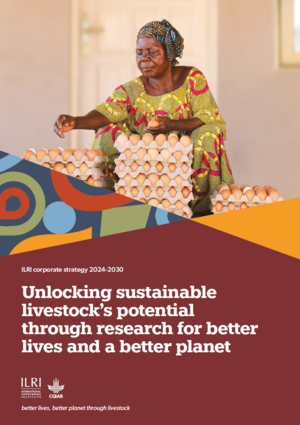
Spatial aspects of producer milk price formation in Kenya: a joint household-GIS approach
Abstract
Smallholder dairy production is a widespread and growing activity in the Kenyan highlands, and a potentially important source of livelihood for many poor farmers with road access to urban areas of East and Southern Africa. Yet both market participation and net prices received vary widely across households. It is hypothesized that transport difficulties over poor roads directly affect farmer ability and willingness to participate in this market for a highly perishable commodity, even where asset and information levels would otherwise permit such participation. Furthermore, otherwise identical milk sales in a given market can yield very different farm-gate milk prices across farms, for the same reason, depending on the location of the farm. A Heckman iterative selection model is fitted to explain market participation and milk prices received across households for 712 observations on marketing (or non-marketing) of milk by Kenyan smallholders in the greater Nairobi milkshed. GIS-derived variables for distance and transport costs are combined with survey-derived variables for household characteristics to model market participation and the formation of farm-level milk prices. Parameters are used to specify milk price distance decay functions. The results differentiate the effects of roads by type and distance, and highlight the importance of milk production density and market infrastructure. Policy implications are discussed.
Citation
Staal, S.;Delgado, C.;Baltenweck, I.; Kruska, R. 2000. Spatial aspects of producer milk price formation in Kenya: a joint household-GIS approach. Paper presented at the Int. Assoc. of Agric. Econ. Meeting, Berlin, August 2000. Nairobi (Kenya): ILRI










